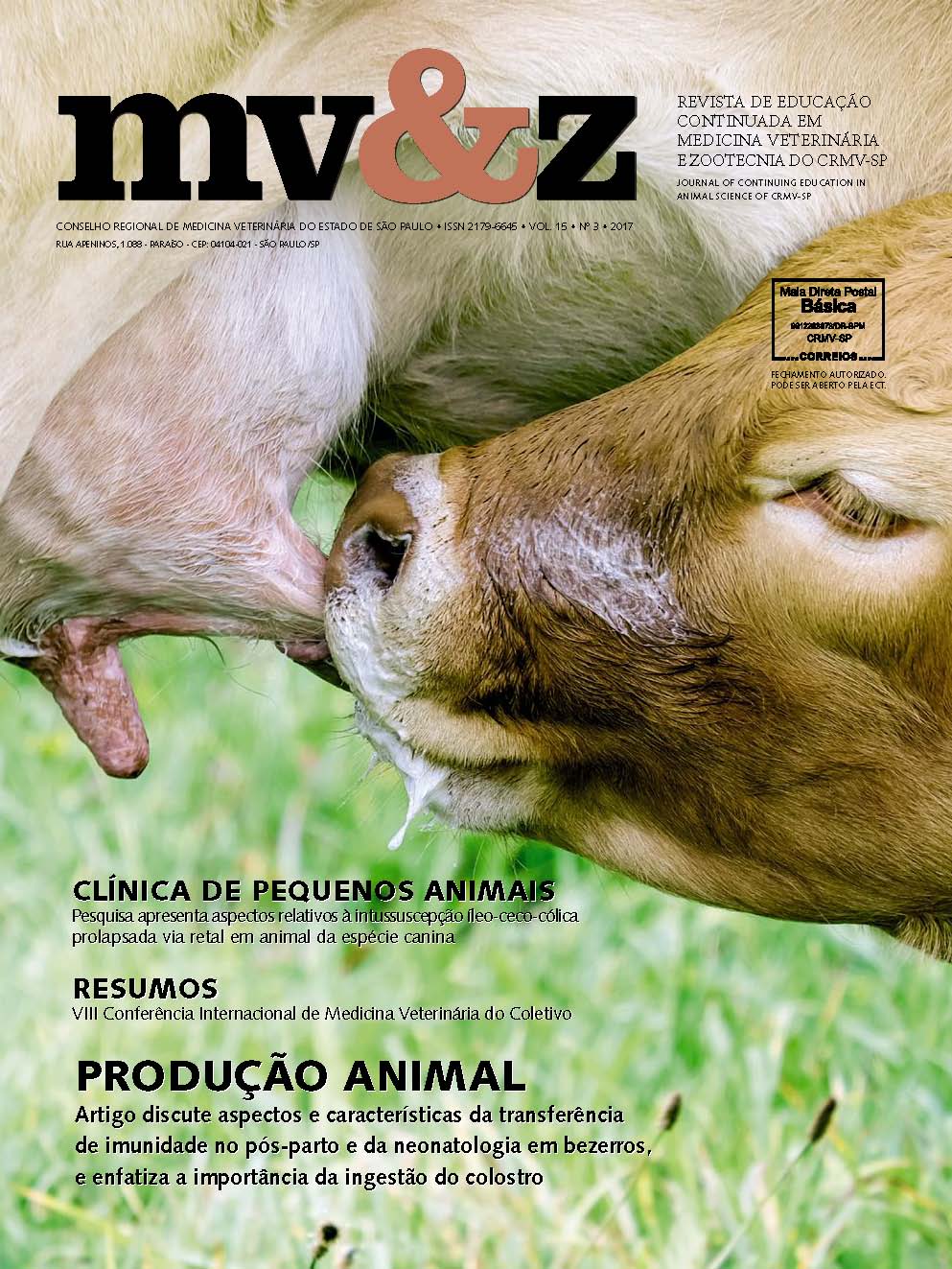Guilherme David Galvani
Universidade de Marília, Marília, SP
Larissa Berardi Cerqueira Nardi
Universidade de Marília, Marília, SP
Maria Helena Martins
ONG Anima de Proteção Animal de Marília, Marília, SP
Sônia Cristina Guirado Cardoso
Prefeitura de Marília, Secretaria Municipal do Meio Ambiente e de Limpeza Pública, Marília, SP
Lupércio Lopes Garrido Neto
Prefeitura de Marília, Secretaria Municipal de Saúde, Divisão de Zoonoses, Marília, SP
Melissa Campitelli Ferreira
Prefeitura de Marília, Secretaria Municipal do Meio Ambiente, Bosque Municipal, Marília, São Paulo, SP
Fábio Ricardo Barbuglio
s.af
Fábio Fernando Ribeiro Manhoso
Universidade de Marília, Marília, SP
Abstract
Responsible ownership for pet animals and society education are practices that aim for the promotion of animal welfare. Looking to solve the problem of stray cats population at Marília/SP Municipal Wood, São Paulo, Brazil, it was settled a partnership between the Marília University and the town council to develop the project “Cat Jump Project”. This one was performed from 2012 to 2014, and included the population awareness towards the damages that the abandoned animals could cause in this place, as well as the implications of these animals health that could also affect human health. Thus, it was performed a survey together with the Environmental Education Center, located in the wood. One of the aspects that the project executed was the community education action, which reached 18,100 children of elementary schools that were attended in spot visits, received a printed material and attended a theater staging and special workshops. Another performed action was the implantation of the stray cats population control with an animal castration-donation program, which in the analyzed period achieved 151 animals, 86 males (57%) and 65 females (43%), considering that all of them were also vaccinated against rabies, dewormed and received a microchip identification. The obtained results were an important decrease in the number of stray cats found in the wood, and also the return of wild native animal species, especially birds that could be seen more frequently in the wood. This project is one more confirmation that veterinary medicine can play and important role in the “one health” modern view, in other words, animal, human and environment health.
